The historical relic site of the Money Printing Factory in Phu Nghia commune (Lac Thuy district, Hoa Binh province) is where the first coins were produced, the first "financial banknotes - Uncle Ho banknotes" with a great historical mission in the early days of independence of the Vietnamese revolutionary government.
This is also the place that preserves the first historical marks of the financial industry and was ranked as a National Historical Relic in 2007.
The place where Uncle Ho visited twice
According to documents at the Historical Site of the Printing Factory, from the end of the 19th century, the French colonialists continuously issued licenses to French capitalists to enter Lac Thuy land to occupy land and establish plantations, promote tax collection and exploit forest products.
The area of Co Nghia commune (now Phu Nghia commune, Lac Thuy) is located in the Chi Ne coffee plantation of French billionaire Enet Boren with an area of 7,331 hectares, 13km long, 9km wide with immense forests of coffee, xoan, trau, and tea trees along with many solid houses, coffee processing areas, buffalo and cow barns...
In 1943, having to return to France, Mr. Boren sold it to the family of Mr. and Mrs. Do Dinh Thien, patriotic Vietnamese capitalists, for 2,000 taels of gold.
After the success of the August Revolution in 1945, our country faced extremely harsh challenges. One of the problems that arose was finance, and importantly the issuance of currency by the Government of the Democratic Republic of Vietnam.
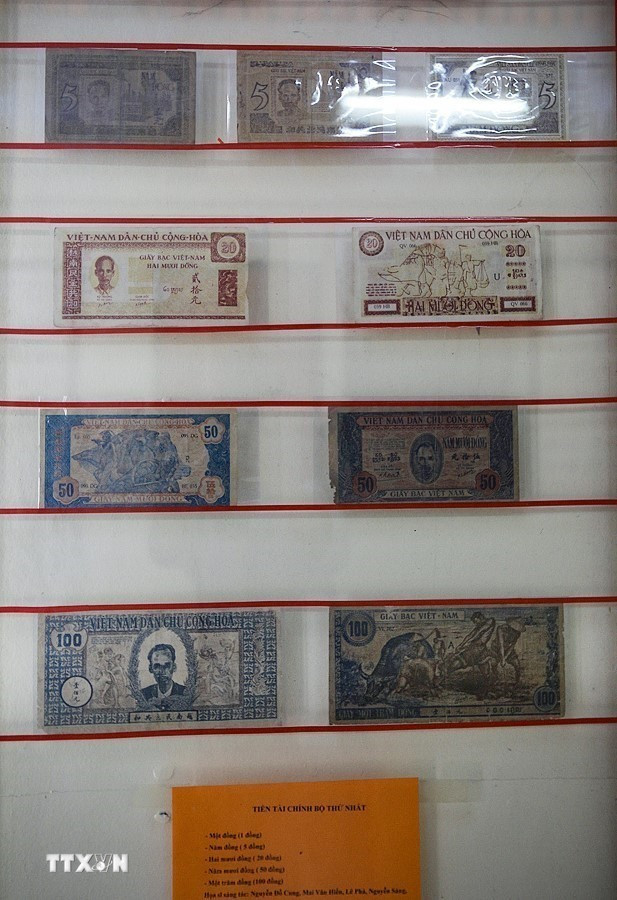
While the Provisional Government was facing difficulties in printing and issuing Vietnamese banknotes in order to be financially proactive and fight the enemy economically , Mr. Do Dinh Thien voluntarily spent money to buy back the entire French Taupin printing house in Hanoi and donated it to the Government to establish its own money printing factory, partially meeting spending needs in a situation where the treasury was almost empty.
By March 1946, facing the risk that the printing of money at Taupin printing house could not be kept secret, President Ho Chi Minh, the Government and the Ministry of Finance decided to find a new location to move the entire printing house out of Hanoi. Once again, Mr. Do Dinh Thien himself took the initiative to propose that the Ministry of Finance move the printing house to his family's plantation in Chi Ne (Hoa Binh).
It was here that the 100 Vietnamese Dong note, also known as the “green buffalo” note, was born. The Ho Chi Minh financial note was born with an extremely important historical mission, contributing to the monetary struggle with the enemy to protect national independence and becoming a weapon of struggle on the economic-financial-monetary front, eliminating the French colonialist Indochina currency from the country.
At the same time, the first paper money affirmed economic-financial sovereignty, national independence, including financial independence. An independent Vietnam must have an independent Vietnamese currency.
According to Ms. Dinh Thi Binh, Deputy Head of the Monument Management Board, during the time the money printing factory operated at Chi Ne plantation, to avoid detection, factory workers only printed money at 3-4 am.
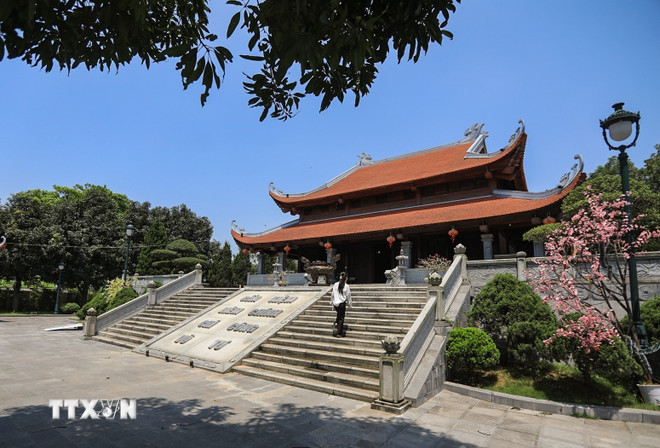
From December 1946 to February 1947, the Central Printing Agency located at Chi Ne plantation provided industries and localities from the South Central Coast and beyond with about 400 million Vietnamese Dong. This amount of money provided a large resource to equip weapons, food, and medicine to serve the resistance war against French colonialism.
With its strategic location, Chi Ne plantation was honored to welcome Uncle Ho twice to visit, work and stay. On February 18, 1947, after the Government Council meeting ended, Uncle Ho and comrades Cu Huy Can - Minister of Agriculture, Hoang Huu Khang - bodyguard and driver Pham Van Ngoc from Quoc Oai set off for Thanh Hoa on a business trip.
On the journey, Uncle Ho stopped to rest at Chi Ne plantation. At 6:00 a.m. on February 19, he visited the house of Mr. and Mrs. Do Dinh Thien - the owners of Chi Ne plantation and patriotic capitalists. After that, he visited the houses of workers of the Money Printing Factory and some Muong people nearby.
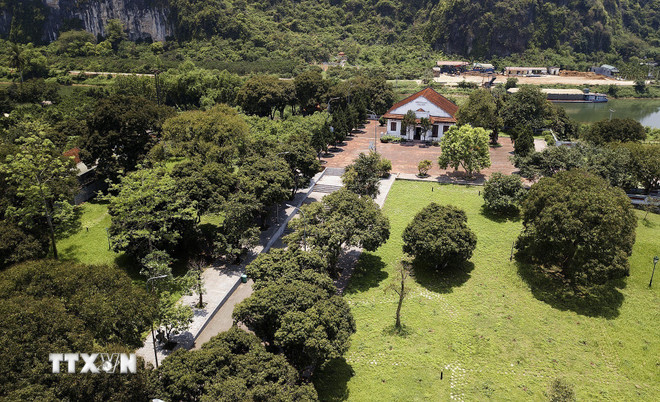
After completing his work in Thanh Hoa, on the morning of February 21, 1947, Uncle Ho returned to Chi Ne. This time, he instructed the cadres and people of Lac Thuy district: "This is our printing house. You must take good care of it and compete with each other to print a lot of money for the whole country to spend on the resistance war to save the country. The cadres and workers in the factory must unite, love each other, help each other to progress, and pay utmost attention to preserving and saving the people's money."
Up to now, at the Chi Ne plantation treasury, the house of Mr. Do Dinh Thien's family, where Uncle Ho stayed on February 21, 1947 and the bunker where Uncle Ho lived are protected and preserved intact.
Red address for educating the young generation
In 2007, the Historical Site of the Printing Factory at Chi Ne Plantation (1946-1947) was ranked by the State as a National Historical Site and became a tourist attraction for domestic and foreign tourists.
Immediately after being recognized, the People's Committee of Hoa Binh province approved the detailed planning at a scale of 1/500 in Decision No. 436/QD-UBND dated March 24, 2009 with an area of 15.64 hectares, including items such as: money printing workshop; Uncle Ho's house for visiting and working; treasury; meeting hall; reception house; reliefs at the printing workshop area; garden; traffic system for the whole area; flower garden park; reception area and cultural, entertainment facilities...
In 2016, with the approval of the Ministry of Culture, Sports and Tourism, on December 8, 2016, the People's Committee of Lac Thuy district issued Decision No. 1662/QD-UBND on approving the investment policy to build a memorial house for meritorious people and officials and workers of the Money Printing Factory at Chi Ne plantation, Co Nghia commune, Lac Thuy district with a total investment of about 50 billion VND.
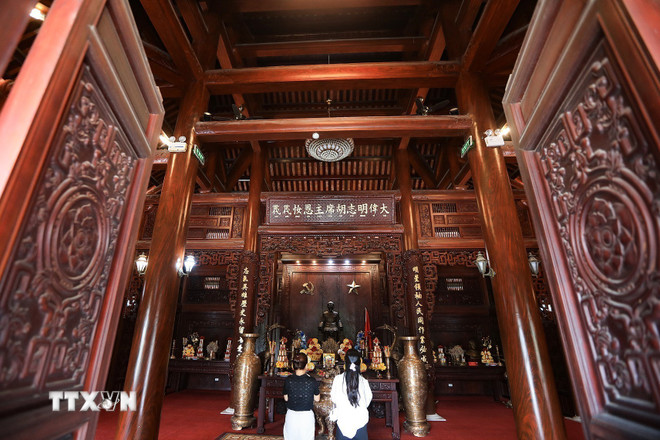
Vice Chairwoman of Lac Thuy District People's Committee Hoang Thi Thu Hang said that over the years, the government and people of Lac Thuy District have always paid attention to preserving and promoting the value of the relic. This is a red address to educate the revolutionary tradition for today's young generation; at the same time, it is a place for people and tourists from all over to come to burn incense and pay tribute to the great contributions of President Ho Chi Minh, heroes, martyrs, and people with meritorious services to the revolution.
In recent years, the People's Committee of Hoa Binh province has planned, built and renovated the historical relic site of the Money Printing Factory with the desire to restore and preserve the image of the Money Printing Factory and build a Memorial House for the meritorious people and officials and workers of the Money Printing Factory at Chi Ne plantation, to commemorate the great contributions of President Ho Chi Minh, the family of Mr. Do Dinh Thien and those who contributed to the revolution in the early period of laying the foundation for the construction of the national financial sector of Vietnam./.
Source: https://www.vietnamplus.vn/di-tich-nha-may-in-tien-o-hoa-binh-dau-an-lich-su-dau-tien-cua-nganh-tai-chinh-post1038385.vnp







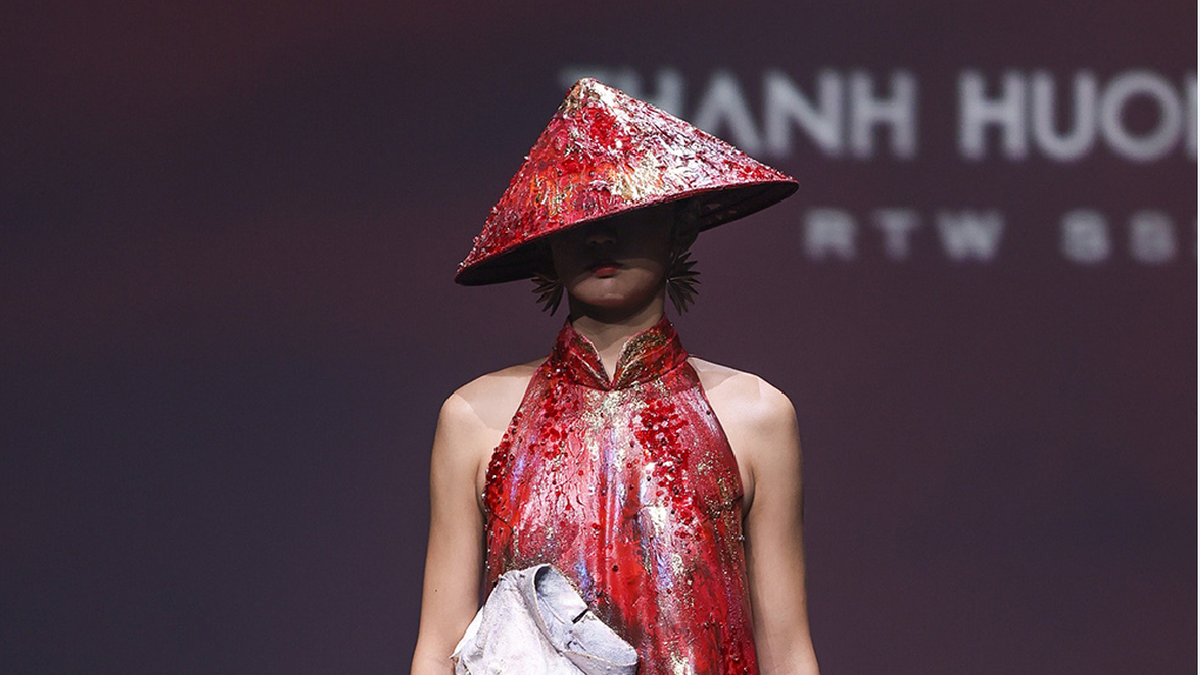
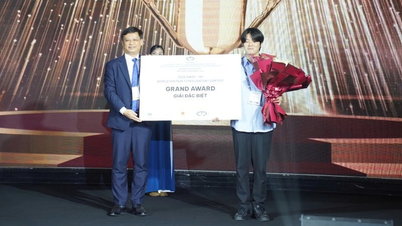

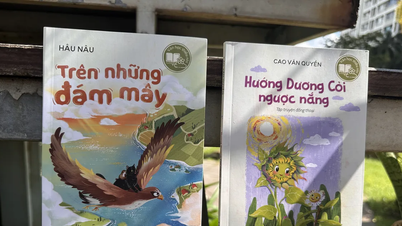

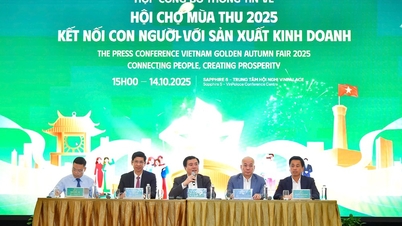


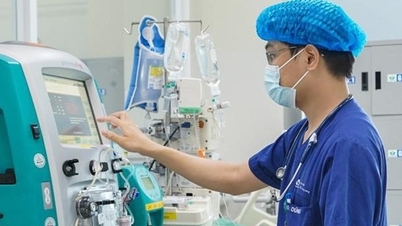






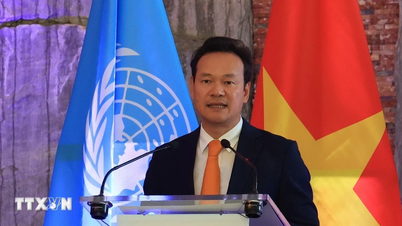
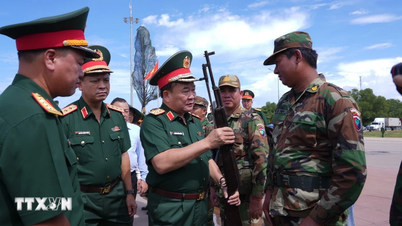
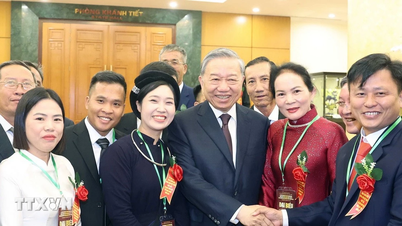
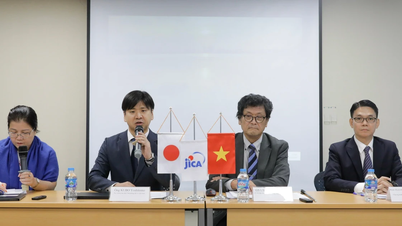
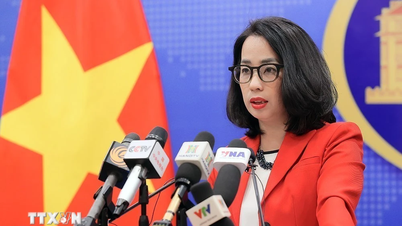
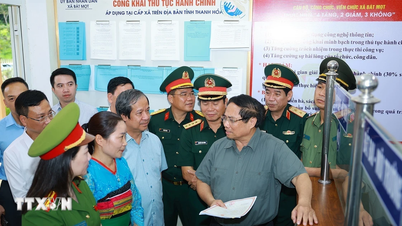



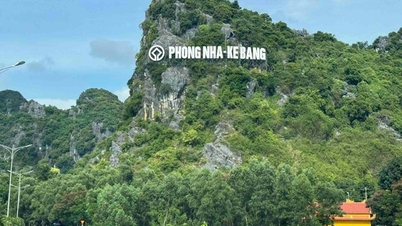

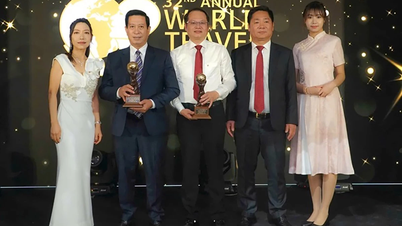

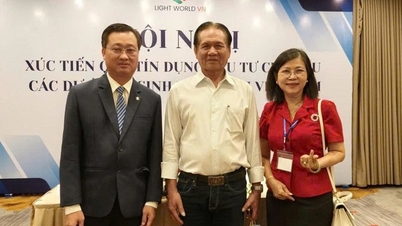


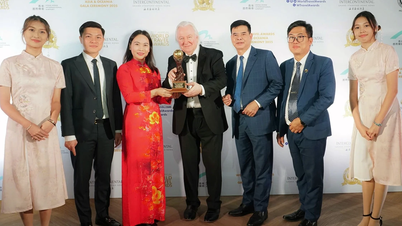
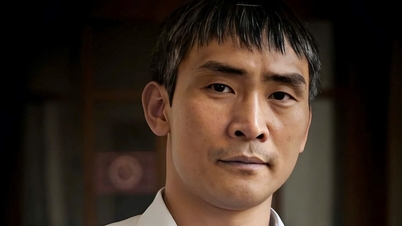

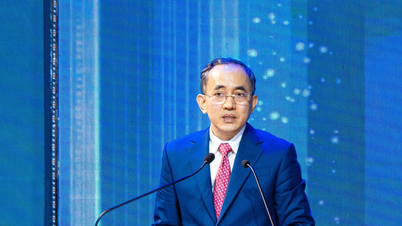



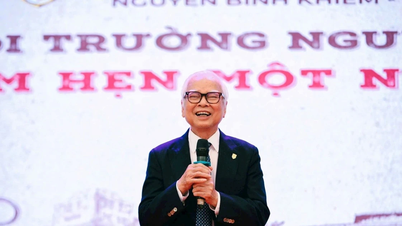




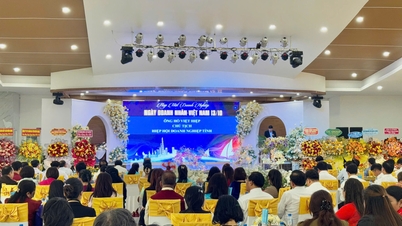

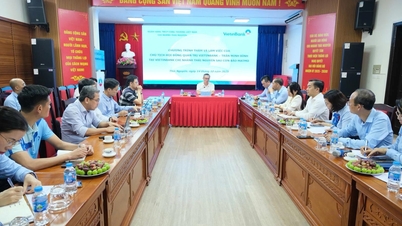
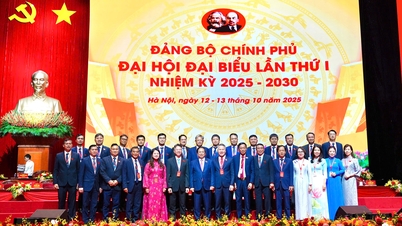
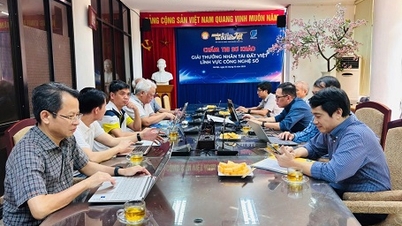








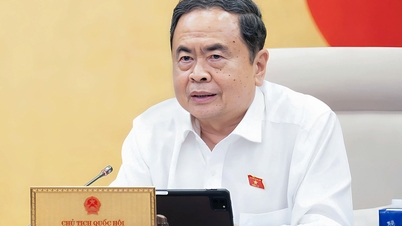
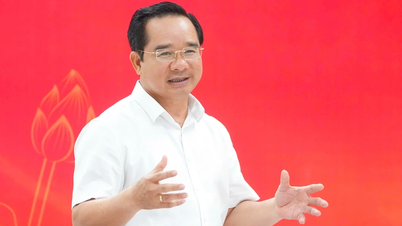

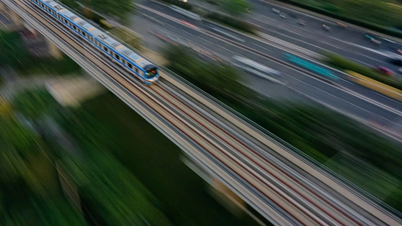

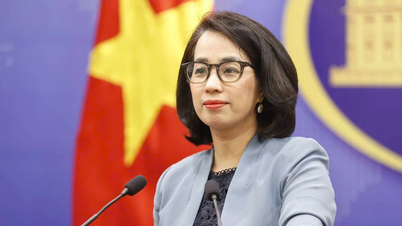

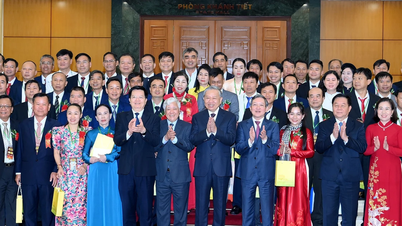
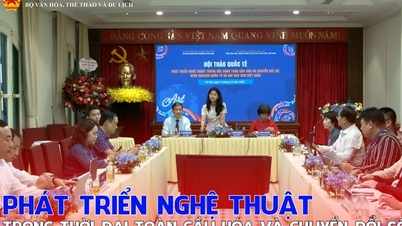

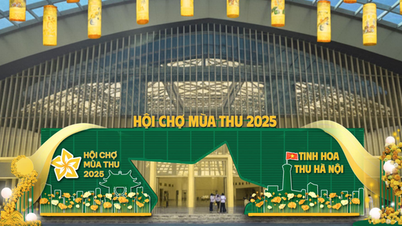
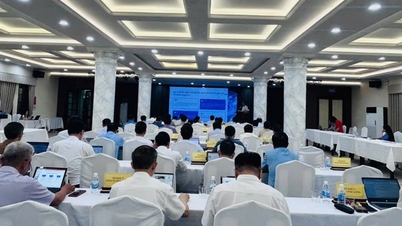

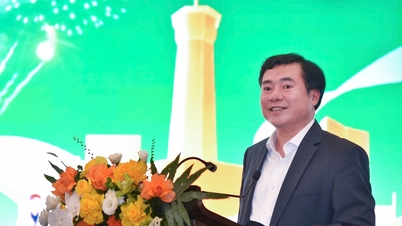

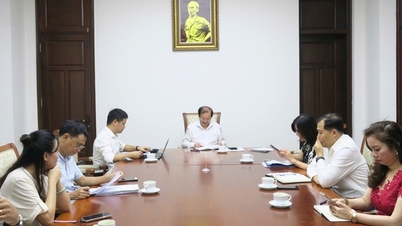
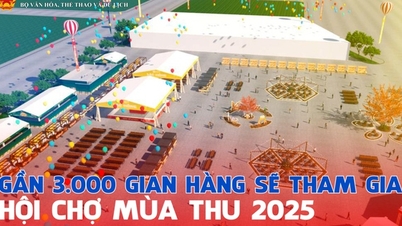
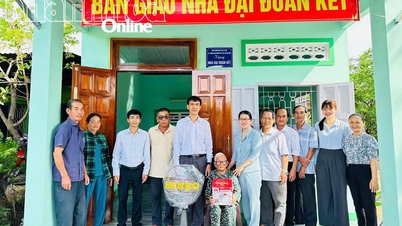

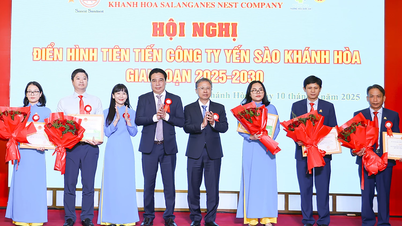
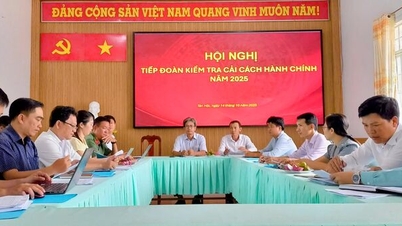

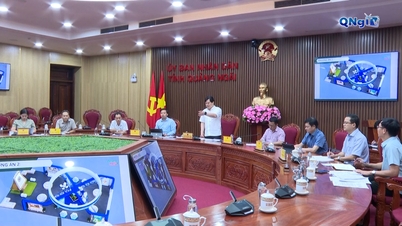

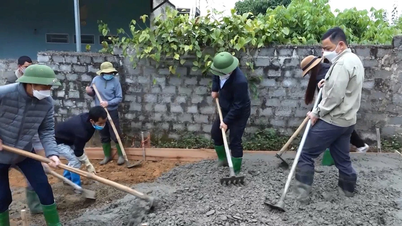

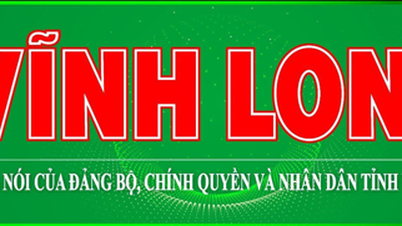














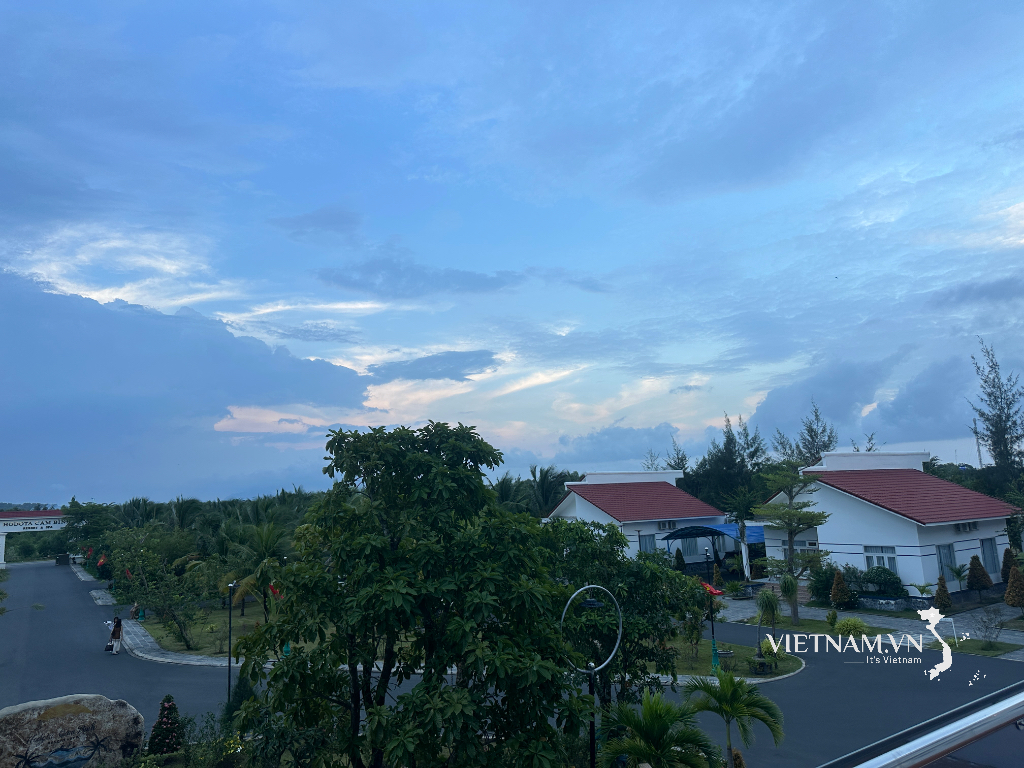

Comment (0)